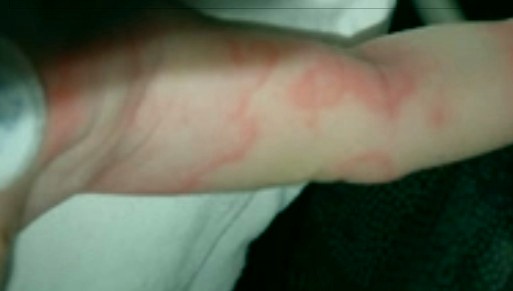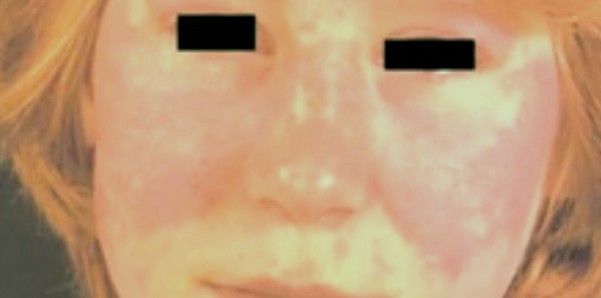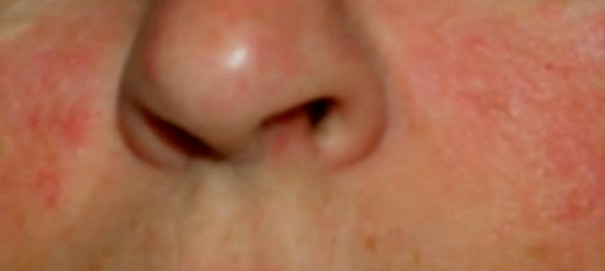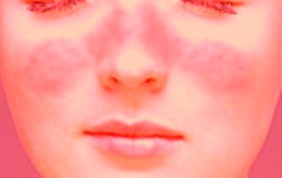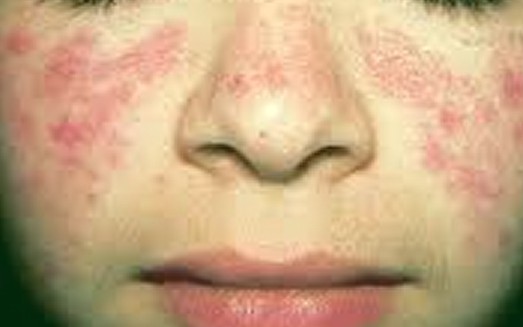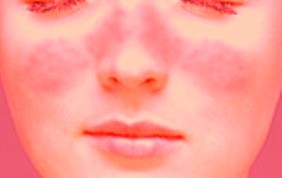Lupus is an immune system-specific disease or rather an autoimmune disease. Under the prevalence of this condition, the immune system assaults the organs and body cells. This eventually causes dysfunction of organs and their subsequent damage, if not treated or kept in check. The organs that are prone to attack of immune system may include lung, kidneys, brain, blood vessels, joints as well as skin. Lupus is a condition which is more frequent in women than men and especially between the age group of fifteen to fifty years.
Lupus rashes are one of the symptoms of the condition which are also colloquially referred to as butterfly rashes. These rashes were first observed by Dr. Ferdinand von Hebra in the year 1840 in Vienna. Initially, he declared that appearance of lupus rash on face is due to Lupus affliction. He also highlighted that appearance of rashes is result of immune system attack on healthy skin tissues and is different from sun burns because of its shape.
Lupus rashes also appear on legs, hands and torso and in the same pattern. It is seldom itchy and does not have any pain. In some cases burning sensation on the appearing rashes are experienced. The Butterfly Rashes abates at a certain point but it may start flaring again which indicates that the immune system is attacking healthy skin tissues.
What is Lupus Rash?
Lupus rashes as mentioned above are one of the several manifestations of Lupus disease. The condition affects over 90% SLE affected individuals. Other symptoms may vary from person to person. However, in all cases these rashes get triggered due to exposure to harsh sunlight. Depending on the cause and intensity of the rash the doctor will suggest you appropriate treatment.
Types of Lupus Rash
Lupus rash can be of several types. The rashes that occur in SLE or Systemic Lupus Erythematous usually appear more or less like butterfly. These rashes are more common on facial skin, especially across Nose Bridge. Such Lupus rashes are called ‘Malar rashes’. This is a characteristic feature of SLE. These rashes can be flat or also be in form of raised bumps with bright reddish or pinkish in color.
In case of Discoid Lupus the rashes appears to be oval or in disk shape which are normally raised and may also cause severe itchiness. These rashes may occur throughout the body in patches. On healing rashes may leave scars behind. The pigmentation of the affected skin region is often noticed due to this particular condition, causing the affected region to look darker or even lighter than other surrounding regions of the skin.
Subacute Cutaneous Lesions is another kind of lupus rash that may appear in Discoid Lupus and SLE. These rashes usually appear due to exposure to sunlight. These lesions may also appear to be scaly patches that may eventually enlarge and become almost circular. Subacte cutaneous rashes do not cause scaring but can lead to hypopigmentation. Sometimes lupus rashes may appear as blisters which are often filled with fluid which may also cause burning sensation.
Symptoms and Causes of Lupus rash
The exact cause of the lupus rash is not certainly known. In most cases genetic factors also cause major roles in causing the condition. In few patients there is no indication of genetic predisposition. Most experts suggest that both environmental factors as well as hereditary factors contribute to cause Lupus including Lupus rashes as symptoms. Lupus rashes are often characterized with its butterfly shape and scaling, crusting as well as exfoliation. They may appear as bumps or flattened reddish or pinkish surface on skin.
Lupus rash treatment
If you suspect that you are prone to lupus rashes then you can reduce the chances of its affliction by avoiding exposure to sun. If you are already affected with the condition then you should restrict your exposure to sun and avoid going out in sun especially during hottest part of the day. Wearing sunscreen that has SPF over 30 and that would provide UVA and UVB protection is helpful. Even if you are in the house use window shades to prevent harmful sun rays from entering your house.
Lupus in fact is a chronic disease. The treatment for the condition is mostly focused on curing the symptoms and includes avoiding flaring of lupus rashes or reducing severity of experience symptoms. Non steroidal medications and anti malarial drugs may be prescribed by the doctor for treating symptoms such as butterfly rashes in case of SLE. DMARDs or Disease Modifying Anti-Rheumatic Drugs are beneficial in reducing flares up etc.
In severe cases immunosuppressant is suggested to cease recurring symptoms and control the disease. You should avoid exposure to sunlight as far as possible as such an exposure may aggravate the condition. Also it is essential to avoid exposure to other substances such as mercury, silica and pesticides. The lupus rash diet includes mostly vegetarian food and restriction of fats. You can eat good fat in less than moderate amount. This helps in controlling symptoms associated with the disease.
Neonatal lupus is another possibility wherein the unborn child may become affected with the condition. This is why pregnant women who have lupus should be regularly checked by the doctor. To avoid further complications the pregnant lady should follow doctor’s instruction.
Vitamin E oil can be applied on the affected area to reduce the lupus rashes. After applying the oil should be left on the affected region for around 15 minutes to 20 minutes then rinsed with cold water. Apart from Vitamin E oil, cod liver oil or olive oil can also be used as tropical application on the affected region. If you are suffering from irritation apply baking soda on the appearing rashes.
Take two cups of oatmeal in warm water bathtub during bath and soak yourself in water for approx 20 to 30 minutes daily. Fresh aloe-vera gel can be applied on the affected skin region 2 to 3 times daily. This will help in decreasing the pain and aid in the healing of the condition.
You should visit the doctor as soon as possible if you are affected with lupus rashes. Timely treatment will help in controlling the disease and decreasing the chances of aggravation of the disease.
Lupus rash pictures

